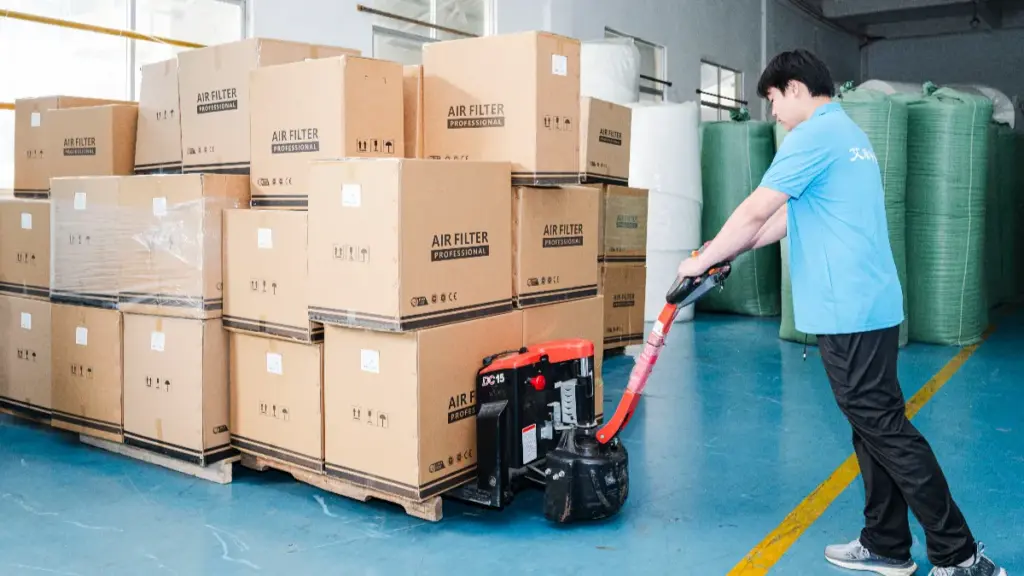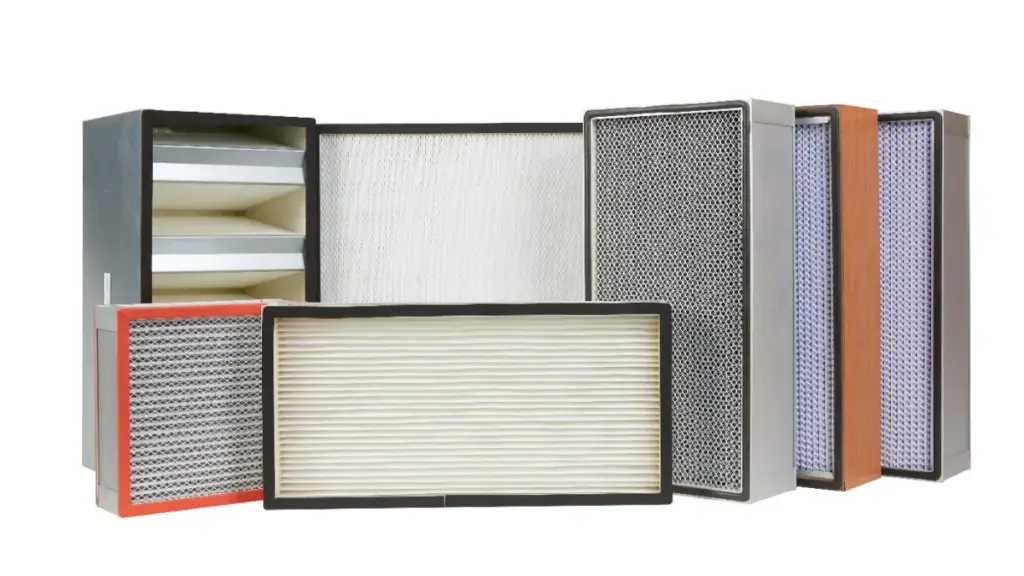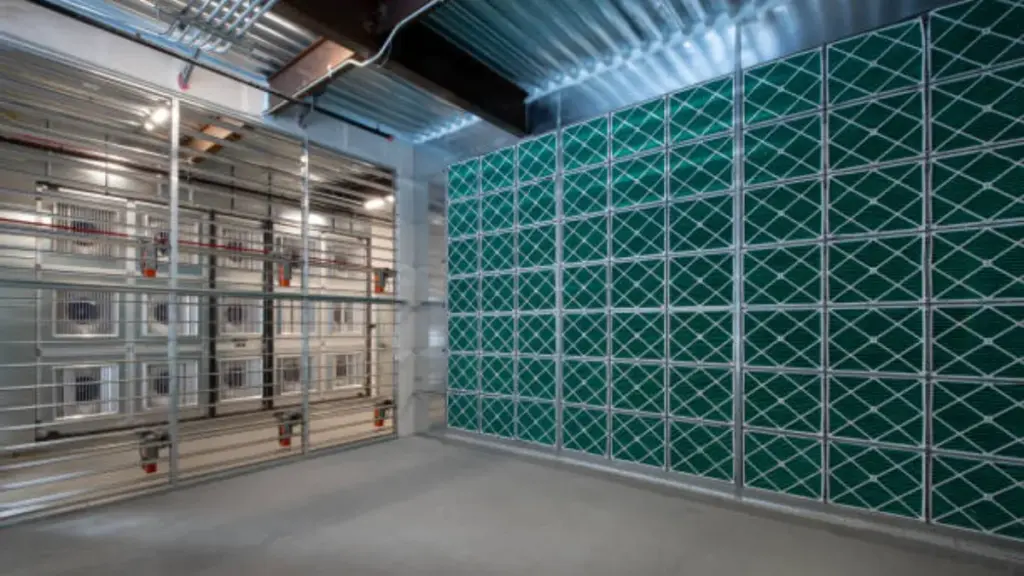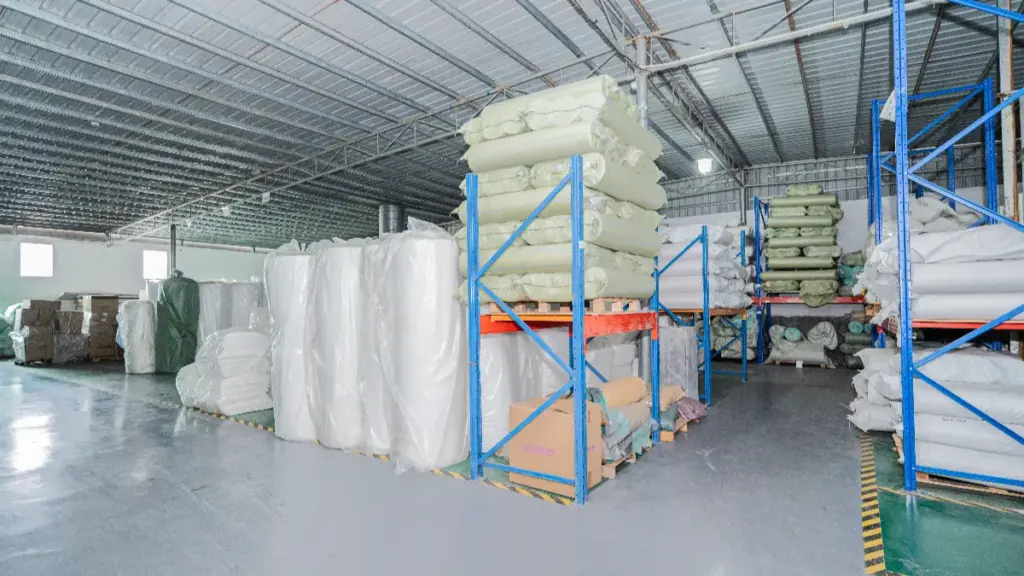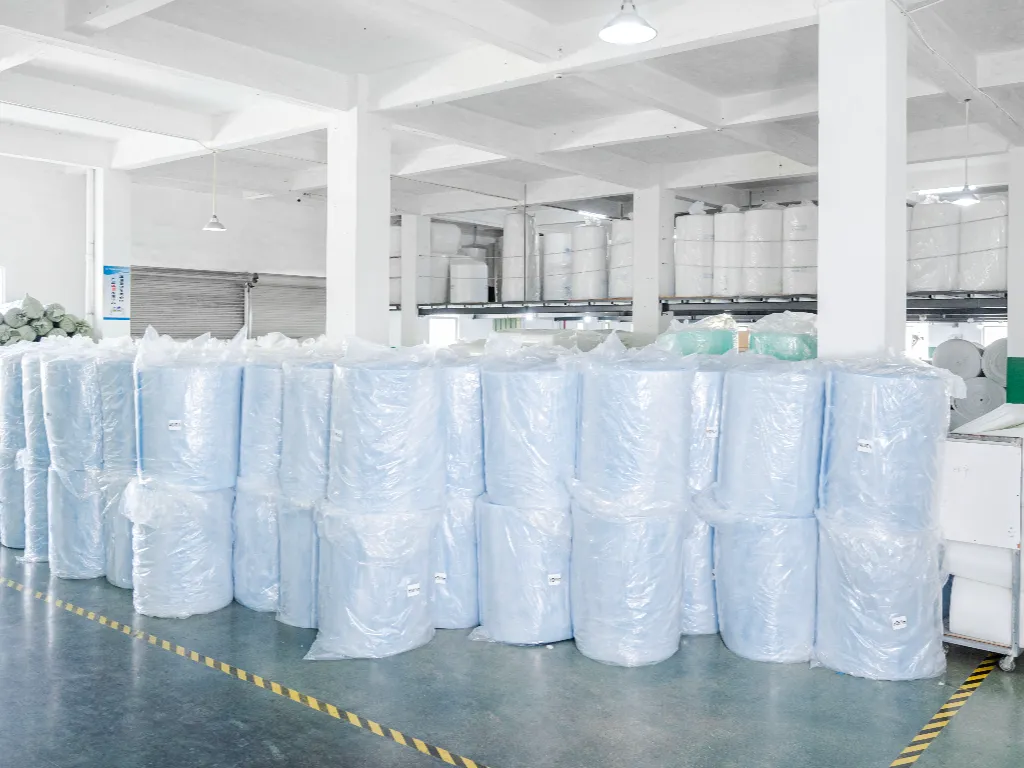When shopping for air filters, you might notice three different rating systems on product labels: FPR, MPR, y Merv. These ratings are crucial for understanding how effectively a filter can trap dust, alérgenos, and other airborne particles. Sin embargo, the variety of systems can easily cause confusion, especially if you are not familiar with the standards each represents.
En este artículo, we will break down each rating system, explain how they differ, and guide you in choosing the right filter for your home or business. Whether you are a homeowner, facility manager, or business owner, understanding these ratings will help you make better indoor air quality decisions.
FPR frente a. MPR vs. Mervicio: Diferencias clave de un vistazo
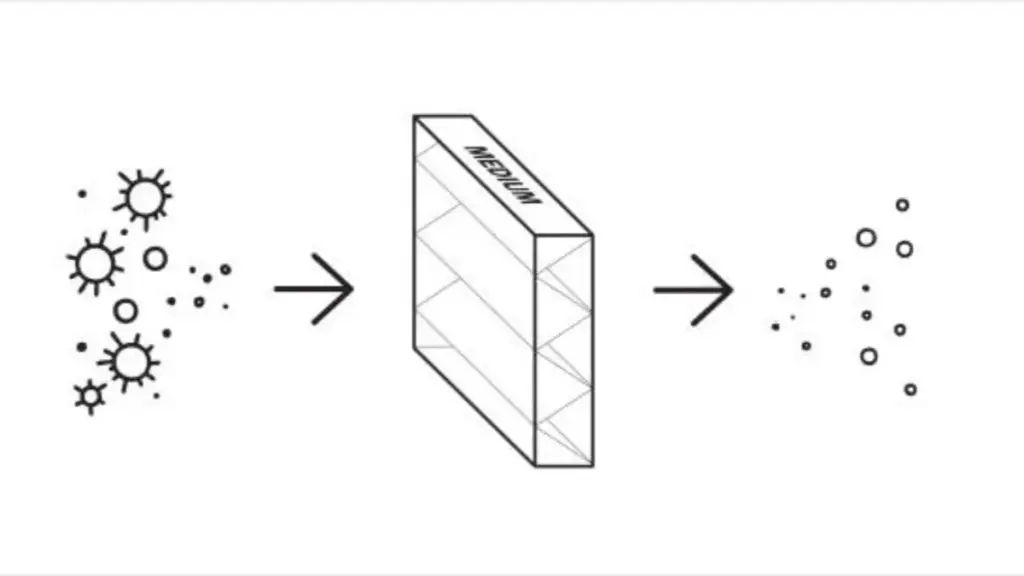
Before diving into each rating system in detail, here is a quick overview:
| Rating System | Developed By | Scale Range | Measured Particle Size | Common Use in Market |
| FPR (Clasificación de rendimiento del filtro) | The Home Depot | 4–10 | Approximately 0.3 a 10 micras (varies by filter type) | Mainly on filters sold at Home Depot |
| MPR (Clasificación de rendimiento de micropartículas) | 3METRO | 300–2800 | Particles sized 0.3 a 1 micrón (focus on fine particles) | Mostly on 3M Filtrete brand filters |
| Mervicio (Valor de informes de eficiencia mínima) | Cenicero (Sociedad Americana de Calefacción, Refrigeración, e ingenieros de aire acondicionado) | 1–20 | Particles sized 0.3 a 10 micras (broad range of particle sizes) | Widely used industry standard for residential and commercial filters |
The biggest difference is that MERV is an industry-wide standard, while FPR y MPR are proprietary systems developed by individual companies. This means you cannot directly compare numbers between them without understanding their test methods.
Qué Hace FPR Mean On Airiñonal FilTmiriñonals?
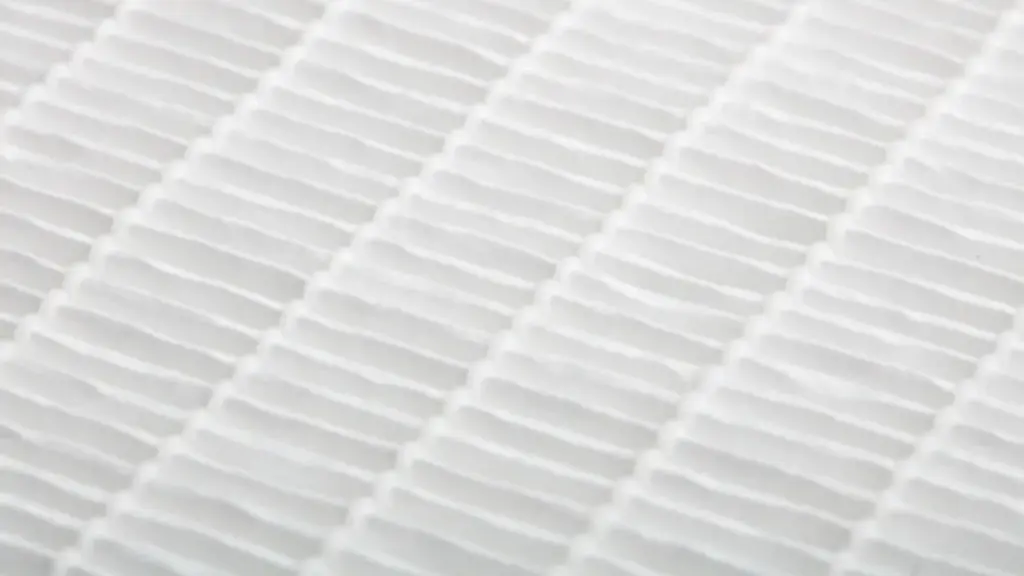
FPR stands for Filter Performance Rating and is a proprietary rating system created by The Home Depot. It is primarily used to help you compare filters sold in stores.
FPR Scale
The FPR scale typically ranges from 4 a 10:
- FPR 4–5: Basic protection; captures larger dust and lint particles
- FPR 6–7: Better for households with pets or light allergy concerns
- FPR 8–9: High-performance filters designed for finer dust, polen, y esporas de moho
- FPR 10: Premium-grade filters for maximum particle capture, including smoke and bacteria
In addition to numeric ratings, FPR filters often use a color-coded system to help consumers easily identify the filter’s performance level at a glance.
The FPR score is determined based on:
- Particle capture efficiency – how well the filter traps airborne particles
- Dust holding capacity – how much dust it can hold before airflow is restricted
- Pressure drop – the effect on air circulation within the HVAC system
Since FPR is exclusive to The Home Depot, you will not see it on filters sold at other retailers. That means if you shop across different stores, you may need to translate FPR to MERV or MPR equivalents for comparison.
Pros of FPR
- Simple range (4–10) for quick consumer decision-making
- Considers both efficiency and filter lifespan
- Easy to use for shoppers within The Home Depot ecosystem
Cons of FPR
- Not an industry standard, making cross-brand comparison harder
- Limited to products sold by The Home Depot
What Is MPR Rating on Air Filters?
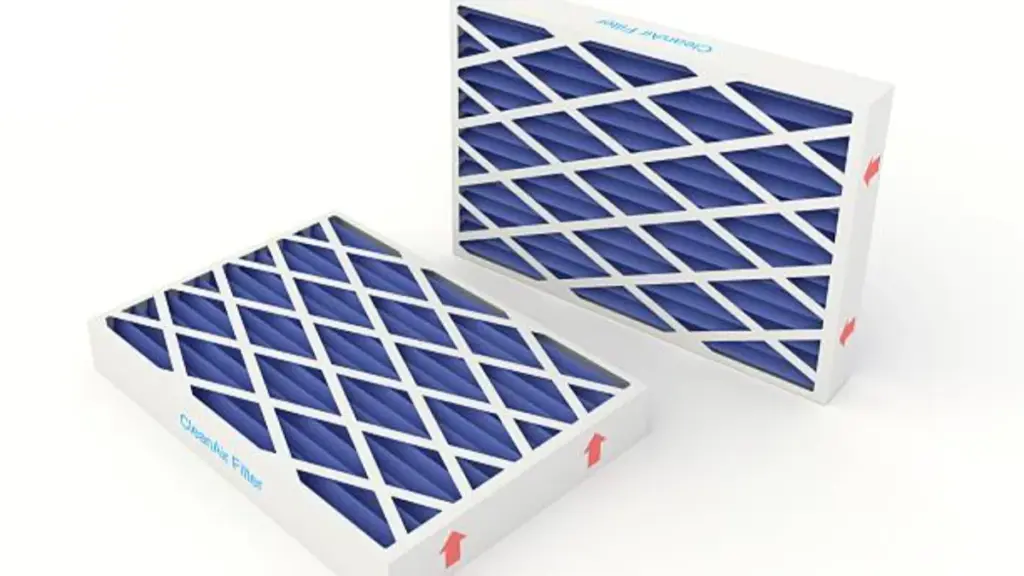
MPR stands for Microparticle Performance Rating, a proprietary system developed by 3M for its Filtrete line of filters. It specifically measures a filter’s ability to capture particles smaller than 1 micrón, como: polvo, smoke particles, bacteria and some viruses.
MPR Scale
The MPR rating scale runs from 300 a 2800:
- 300–600 MPR: Captures larger particles like dust and lint
- 800–1200 MPR: Adds protection against pollen and pet dander
- 1500–1900 MPR: Targets smaller particles, including fine dust and mold spores
- 2200–2800 MPR: Maximum filtration for smoke, bacterias, and ultrafine allergens
Pros of MPR
- Highly specific to fine particle capture
- Useful for allergy sufferers or those in polluted environments
- Clear numeric scale for performance levels
Cons of MPR
- Proprietary to 3M; you cannot directly compare it with other brands without conversion
- Does not consider larger particles in its primary rating
What Is MERV Rating on Air Filters?
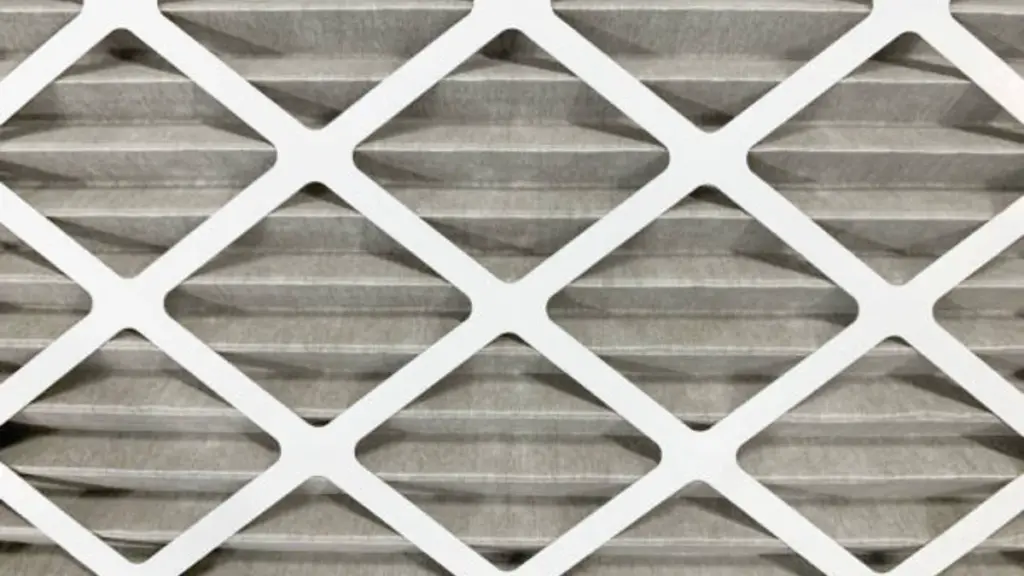
Mervicio stands for Minimum Efficiency Reporting Value, and it is the industry-standard rating system established by the ASHRAE. It is used globally to measure filter performance for both residential and commercial applications. Higher numbers indicate better filtration performance, meaning the filter can capture smaller and more particles.
Mervicio Scale
Las clasificaciones de MERV van desde 1 a 20:
- Merv 1–4: Basic dust and pollen protection
- Merv 5–8: Better removal of mold spores and pet dander
- Merv 9–12: High performance for smaller allergens and fine dust
- Merv 13–16: Hospital-grade filtration for bacteria and smoke particles
- MERV 17–20: HEPA-level filtration for cleanrooms and surgical facilities
The MERV test evaluates a filter’s efficiency across three particle size ranges:
- 0.3–1 micras (fine particles like smoke and bacteria)
- 1–3 micras (esporas de moho, dust mite debris)
- 3–10 micras (polen, polvo)
Because MERV is standardized, you can compare any two filters with MERV ratings regardless of brand. Many building codes and HVAC guidelines specify minimum MERV levels for certain environments.
Pros of MERV
- Industry-recognized and widely adopted
- Covers a full range of particle sizes
- Allows direct comparison between brands
Cons of MERV
- Higher MERV can mean more airflow resistance if the HVAC system is not designed for it
- Might be confusing to consumers without explanation of ranges
Which Air Filter Rating Is Better?
There is no single “best” rating system—it depends on your point of purchase and specific air quality needs.
- If you buy filters at The Home Depot, FPR is the most relevant scale.
- If you prefer 3M Filtrete filters, MPR is your guide.
- If you want to compare across all brands and models, Mervicio is the most reliable and widely recognized standard.
For most homeowners, a MERV rating of 8–13 strikes a balance between filtration efficiency and airflow. In commercial or healthcare settings, Mervicio 13+ is often recommended.
Quick Conversion Estimates (approximate only)
- FPR 4–5 ≈ MERV 6–8 ≈ MPR 300–600
- FPR 6–7 ≈ MERV 8–11 ≈ MPR 800–1200
- FPR 8–9 ≈ MERV 11–13 ≈ MPR 1500–1900
- FPR 10 ≈ MERV 13–14 ≈ MPR 2200–2800
(Nota: These are rough equivalents; actual performance may vary.)
How to Choose the Right Air Filter for Your Needs
When deciding which filter rating to go for, consider the following factors:
1. Your Indoor Air Quality Goals
- Basic Dust Protection: MERV 6–8, FPR 4–5, or MPR 300–600
- Allergen Control: Merv 9–12, FPR 6–8, or MPR 800–1500
- Smoke & Bacteria Reduction: Mervicio 13+, FPR 9–10, or MPR 1900–2800
2. Your HVAC System’s Capability
Higher-rated filters can restrict airflow, so check your system’s manual or consult your technician before upgrading. Installing a filter with too high a rating for your system can reduce efficiency or cause damage over time.
3. Frequency of Filter Replacement
Higher-efficiency filters may need replacement more often, especially in dusty environments or households with pets. Most residential filters should be replaced every 1–3 months.
4. Budget Considerations
Advanced filters might cost more initially, but they can make a noticeable difference in indoor air quality. It’s worth considering whether the benefits are worth the extra expense for your situation.
Pensamientos finales
Understanding FPR, MPR, and MERV ratings is the first step toward choosing the right air filter for your needs. While FPR and MPR are helpful for specific brands and retailers, MERV remains the universal standard for comparing filters across the market.
The key takeaway is to match your filter choice with your air quality goals, HVAC system capacity, and budget.
If you are still unsure which air filter is best for your home or business, consult with an air filtration expert or manufacturer. They can provide tailored advice based on your unique environment, ensuring you get the best balance of efficiency, flujo de aire, y rentabilidad.

